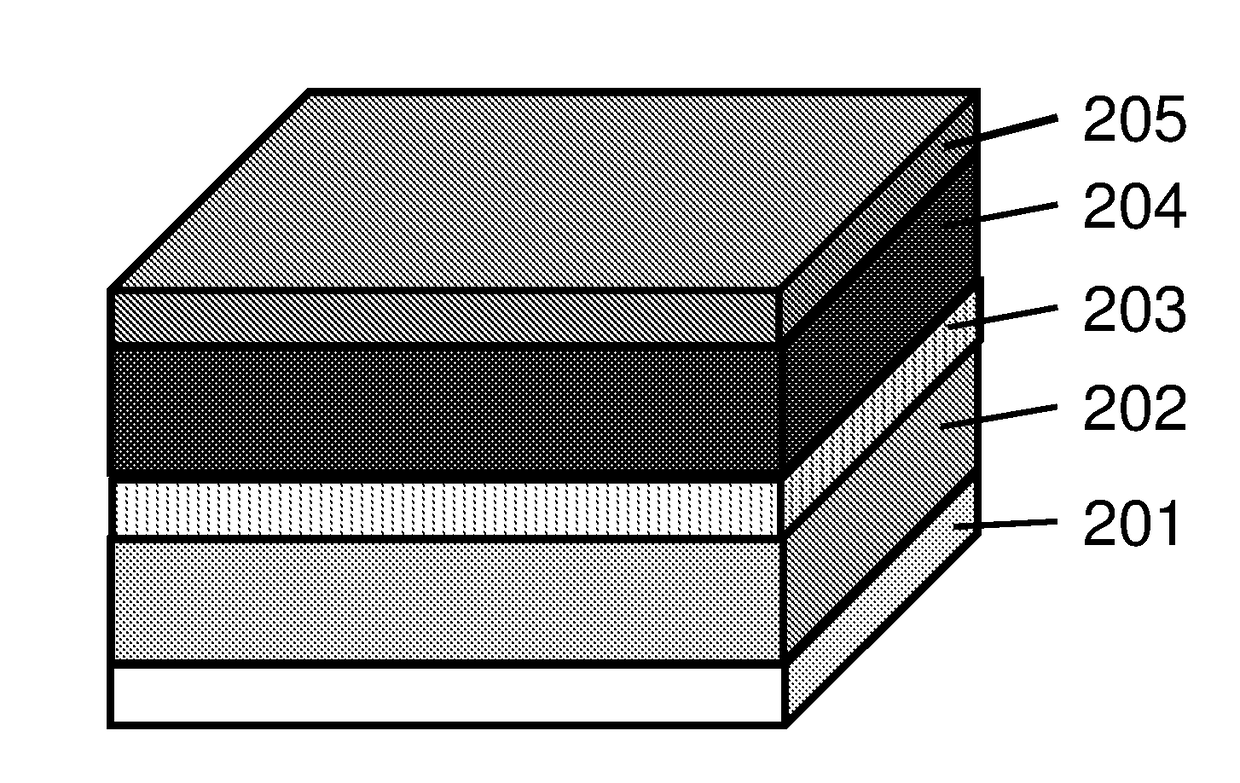Manufacture of high capacity solid state batteries
a solid state battery, high-capacity technology, applied in the manufacture of batteries, cell components, final products, etc., can solve the problems of insufficient production of solid-state cells with significant capacities that can be used for the solid-state cells that cannot meet the requirements of the most of the applications, so as to maximize the available space within the electronic device of the battery. , the effect of improving the energy density
- Summary
- Abstract
- Description
- Claims
- Application Information
AI Technical Summary
Benefits of technology
Problems solved by technology
Method used
Image
Examples
example 1
[0057]Building multiple stack solid state batteries by winding: As an example, the present invention provides a method of using a flexible material that has a thickness in the range between 0.1 and 100 μm as the substrate for the solid state batteries. The flexible material can be selected from polymer film, such as PET, PEN, or metal foils, such as copper, aluminum. The deposited layers that comprise solid state batteries on the flexible substrate, then can be wound into a cylindrical shape or wound then compressed into a prismatic shape. FIG. 11 shows the image of the wound cell as an example of the present invention. The wound cells can further be processed by cutting the round corners to maximize the energy densities as shown in FIG. 12.
example 2
[0058]Building multiple stack solid state batteries by z-folding: As an example, the present invention provides a method of using a flexible substrate that can be a part of solid state batteries. As shown in FIG. 13, the deposited layers of solid state batteries on the flexible substrate can be stacked by z-folding. The z-folded cells can further be processed by cutting two sides of cells and terminating them to maximize the energy densities as shown in FIG. 14. By alternating the process sequence, another configuration of multistack battery can be made by cutting the individual layers and then stacking them as illustrated in FIG. 15.
example 3
[0059]Building multiple stack solid state batteries by iterative Deposition Process: As an example, the present invention provides a method of building multiple stack solid state batteries by moving a substrate through a number of deposition processes. By repeating a sequence of processes by N times, the solid state battery device has N number of stacks as shown in the schematic diagram in FIG. 16.
PUM
| Property | Measurement | Unit |
|---|---|---|
| area | aaaaa | aaaaa |
| thickness | aaaaa | aaaaa |
| thickness | aaaaa | aaaaa |
Abstract
Description
Claims
Application Information
 Login to View More
Login to View More - R&D
- Intellectual Property
- Life Sciences
- Materials
- Tech Scout
- Unparalleled Data Quality
- Higher Quality Content
- 60% Fewer Hallucinations
Browse by: Latest US Patents, China's latest patents, Technical Efficacy Thesaurus, Application Domain, Technology Topic, Popular Technical Reports.
© 2025 PatSnap. All rights reserved.Legal|Privacy policy|Modern Slavery Act Transparency Statement|Sitemap|About US| Contact US: help@patsnap.com



